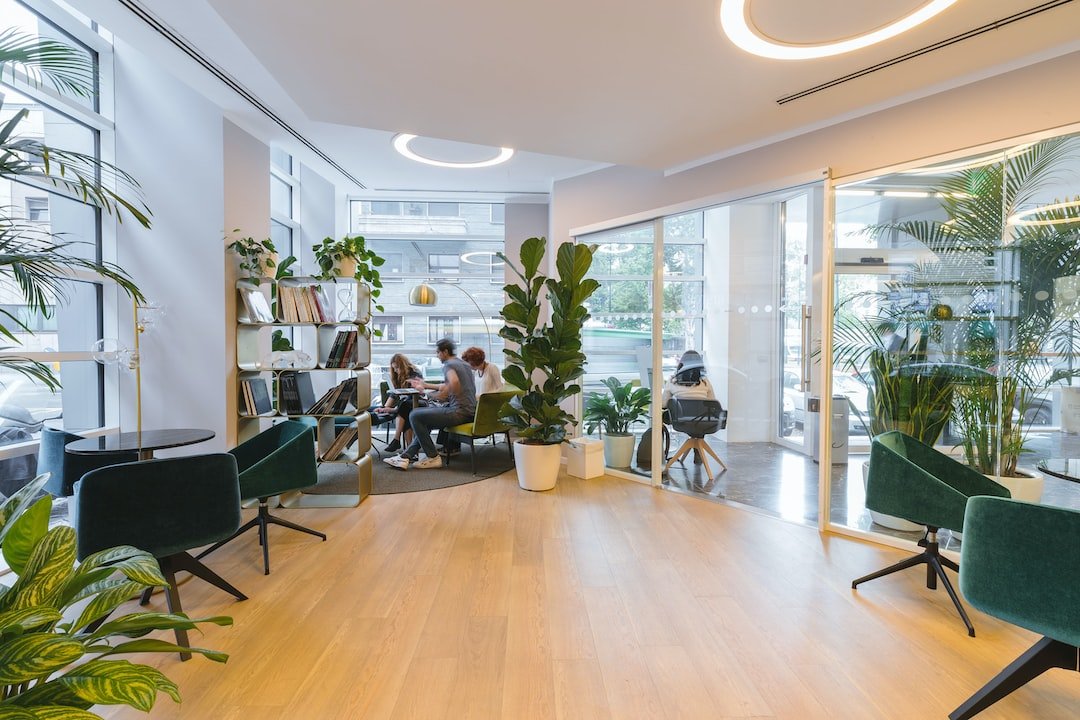Addressing Workforce Challenges in the Manufacturing Industry
The manufacturing industry serves as the backbone of economic growth and development in any country. It is responsible for the production of goods that are essential for our daily lives. However, this industry is currently facing a significant challenge – a shortage of skilled workers. Addressing this workforce challenge is critical to ensure the continued growth and success of the manufacturing industry.
One of the main reasons for the workforce challenge in the manufacturing industry is the lack of interest among young people to pursue careers in this field. Over the years, there has been a shift in focus towards more high-tech and service-oriented jobs. As a result, there is a perception that manufacturing jobs are low-skilled and do not offer long-term career opportunities. This stereotype needs to be changed to attract more talent to the industry.
To address this challenge, efforts should be made to promote the benefits and opportunities of a career in the manufacturing industry. Educational institutions, government organizations, and industry associations should collaborate to develop campaigns and programs to raise awareness about the diverse range of roles and potential career paths available in the manufacturing sector. This includes highlighting the advancements in technology and automation, which offer exciting prospects for workers to develop new skills and contribute to innovative processes.
Another aspect of the workforce challenge in the manufacturing industry is the aging workforce. Many skilled workers are retiring, and there is a significant gap in terms of knowledge transfer to the next generation. To overcome this, companies should implement effective succession planning strategies. This involves identifying and developing high-potential employees to take on leadership roles and ensuring a smooth transition of skills and experience.
Moreover, companies should invest in training and development programs to upskill their existing workforce. By offering continuous learning opportunities, employees can acquire new skills and remain relevant in an ever-evolving industry. This not only benefits the individual workers but also helps companies retain talent and improve productivity. Training programs should be designed to address specific skill gaps and align with the technological advancements in the industry.
Furthermore, industry and educational partnerships play a crucial role in addressing the workforce challenges in manufacturing. Educational institutions should closely collaborate with manufacturing companies to develop curriculum and training programs that are aligned with industry needs. This will provide students with practical skills and experience, making them job-ready upon graduation. Additionally, companies should offer internships, apprenticeships, and co-op programs to provide hands-on training and expose students to real-life manufacturing environments.
Another effective strategy to address the workforce challenge is to attract underrepresented groups, such as women and minorities, to the manufacturing industry. Creating an inclusive and diverse workforce not only promotes equality but also brings new perspectives, experiences, and ideas to the industry. Efforts should be made to eliminate gender and racial biases and provide equal opportunities for all individuals to pursue a career in manufacturing.
In conclusion, addressing the workforce challenges in the manufacturing industry requires a multi-faceted approach. Promoting the benefits and opportunities of a career in manufacturing, implementing succession planning and training programs, fostering industry-educational collaborations, and promoting diversity and inclusion are key strategies to attract and retain skilled workers. By addressing these challenges, the manufacturing industry can thrive and continue to contribute to economic growth and development.

